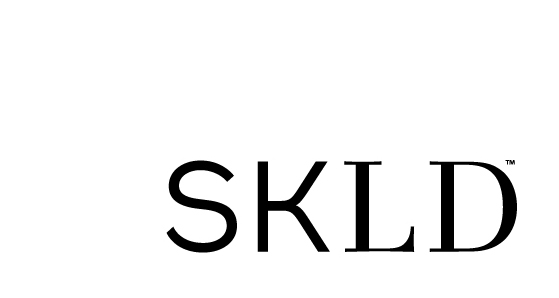Swallowing tool improves speech therapy outcomes
Thanks to a powerful biometric tool, the therapy team at SKLD West Bloomfield is improving outcomes and recovery time for patients with dysphagia, or swallowing disorders. Synchrony provides immediate feedback to patients and speech therapists so that they can visualize their swallow activity using virtual reality sEMG biofeedback. SKLD West Bloomfield speech and language pathologist Kathryn Arafat says:
“Synchrony has been extremely beneficial in therapy because it allows patient to actually see how they are performing, by providing objective data. The immediate biofeedback makes the activities highly motivating and engaging. We’ve been able to help many patients return home on oral diets, thanks to Synchrony.”
With game-like exercise visualizations, data dashboards and reporting tools, speech and language pathologists (SLPs) can help patients regain the ability to swallow and enhance their quality of life. SKLD West Bloomfield is one of the few rehab facilities in the area to offer dysphagia therapy using Synchrony.
Better Hearing & Speech Month
In honor of May’s Better Hearing & Speech Month (BHSM), SKLD West Bloomfield speech and Kathryn Arafat demonstrates how Synchrony works on her colleague Carolann Goode, director of rehabilitation. Dysphagia is one part of speech pathology rehabilitation for geriatrics, which can include anything from speech and language and articulation therapy, to voice and swallowing disorders.
How Synchrony Works
Synchrony allows speech therapists to collect patient-specific data in micro volts. For example, if a patient swallows at 75 micro volts, the machine would develop exercise parameters at 40 and 80 percent for therapeutic purposes. Visualizations guide patients through therapeutic exercises with a series of interactive activities to addresses dysphagia dysfunction. In one session, a patient completes as many as 50 or more trials. At the end, the data for that specific session will show peak amplitude of a typical swallow, average sEMG of an effortful swallow, a bar graph for amplitude of each swallow and the number of swallows on target. SKLD’s speech therapists, together with the patients, can use that immediate feedback to help patients improve with each session.
Studies suggest that the effortful swallow used to treat dysphagia is produced with 1.58% more amplitude than the typical swallow when measured with sEMG.*
Thanks to this cutting-edge technology, more patients in dysphagia therapy can head home with an improved quality of life.
* In one study, Healthy participants were assigned to three random groups. Each group exposed the participant to different levels of visual feedback and training. Each participant was instructed to swallow three volumes of liquid three times (5 ml, 10 ml and 15 ml) with maximum effort and again with typical effort. Group 1 participants received training with adjunctive sEMG trace visualizations. Group 2 received sEMG visualizations only. Group 3 received no training and no visualizations. Each Swallow was measured in microvolts. A ratio between the effortful swallow and typical swallows was calculated for each participant in each group at each volume. The 5 ml trials revealed 85% of Group 1 (TVG) performed above the 1.53% ratio with a mean ratio of 2.43. Group 2 revealed 59% of participants performed above the 1.53% ratio with a mean of 1.73. Group 3 revealed 51% of participants performed above the 1.58% ratio with a mean of 1.71. The 10ml and 15 ml. trials revealed similar results. A main effect for each volume revealed that Group 1 ratios were significantly different than Group 2 and 3. A logistic regression examining the participants swallowing 5 ml volume suggests that group 1 was 5 times more likely to achieve the 1.53 ratio relative to group 3 at 10 ml group 1 was 6.8 times more likely to achieve the 1.53 ratio relative to group 3, and 15 ml group 1 was 3.4 times more likely to achieve the 1.53 ratio relative to group 3.
This study indicates training and visualization is more effective in increasing amplitude of the effortful swallow relative to the typical swallow than visualizations alone or no feedback at all.
